How did Macon receive four Alexander schools?
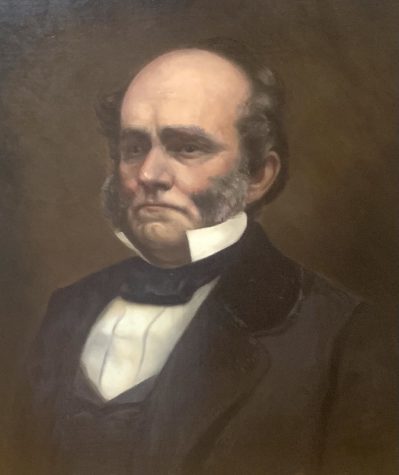
In 1800s Macon, there were no free public schools. One man felt the need to create four of his own- Alexander Free School, Alexander II, Alexander III, and Alexander IV.
Through a personal trust fund of approximately $50,000 (worth $1,078,158.73 in 2021) he made sure that the money would be used for free education after his death.
Elam Alexander was born in Iredell County, North Carolina on March 22, 1796. After leaving school after second grade and never learning any grammer, younger Alexander was raised on his father’s farm helping him with daily labor. At an early age, he learned skills to become a carpenter.
He moved to Macon, Georgia in 1826 to develop his mechanical skills.
Alexander built a reputation of being a master mechanic after assisting with the construction of the Macon’s Courthouse, First Presbyterian church, Wesleyan College, and many more.
Alexander Free School
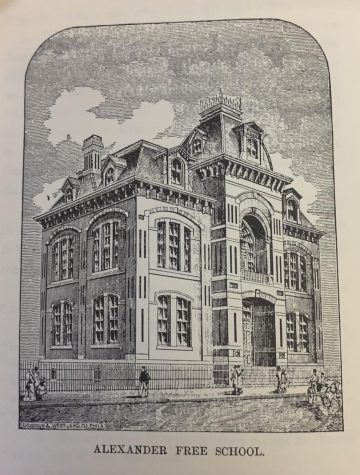
Twenty years later, after Alexander died in March 1863, the first free public school in the city was approved to be held in the Alexander home at the corner of Second and Pine streets. The school was ordered to only enroll children of confederate veterans.
The 70 x 40 building was two levels with six classrooms, double stairway, wide halls, and basement.
Mr. Slivanus Bates was elected principal, while Miss. Flora Smith was the assistant principal. Bates reported that there were 70 boys and 50 girls enrolled on January 3, 1870- the first day of school.
By 1892, Alexander Free School was turned over to the Bibb County Board of Education where all students in the county could attend the school.
Ben Bridges, Bibb County fine arts and magnet programs director says that enrollment increased by 44% during 1897, according to records.
In 1950, the Alexander Free School was torn down.
Alexander II
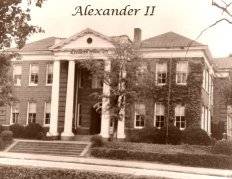
“And so that, of course, required the need of looking at additional school buildings. And so the Alexander II was built in 1902,” Bridges said.
Alexander II is located on 1156 College Street.
In March 1978, Alexander II was at risk of closure due to disrepair.
According to the Telegraph archives from the time, the decision to close the school angered parents and others in the community because the school board would be eliminating one of the more racially balanced schools in the county.
In April 1978, members of the Intown Macon Neighborhood Association joined school parents and collected approximately 300 signatures protesting the planned closing.
Intown President Diana Stege said families at the time decided to buy houses outside of the district because of the problems with Alexander II.
In late 1978, the school requested $200,000 in federal money to repair the school. According to Steve O’Nan, city director of grant and resources at the time, said the federal money would be used to install insulation and other energy-saving measures to bring the school to minimum building standards.
Once the school met building code, the school board agreed to keep the school open.
One year after keeping the school, Alexander II was named the first magnet school in the state of Georgia. The specialty school focused on math and science.
The school had over 900 applications for the 400 openings where 250 were for kids in the Alexander II zone and 150 for anyone in the county.
In order to keep the process fair, the school had a random lottery drawing where names were drawn to be selected to the school.
“Yet it is not for the intellectual elite or those whose parents “have connections,” according to Telegraph archives.
Between 1981 and 1984, The Elam Alexander Fund donated $23,000 to keep up the school.
According to Bridges, there was an enrollment increase from 1897 to 1907 at Alexander II.
Alexander III
The Alexander Free School board were trustees for the money that was left through the fund.
In 1910, Alexander III was built at the corner of the North Highlands neighborhood near North Avenue. The third school was later enlarged in 1928 because of enrollment.
In July 1973, Bibb County Board of Education voted to close Alexander III and passed with a 6 to 2 vote.
“I recommend we close Alexander III. We have 192 students, we don’t have a playground, and the building is dilapidated, “ Bibb county school board member Grover Combs said.
In addition, Combs said that Alexander III probably would not be accredited by the state because of the loss of the playground that was in Baconsfield Park. The park was planned to be a commercial-residential complex.
By 1975, the school was closed. Today, the company Forest Resource Consultants is on that land.
Alexander IV
Alexander IV located on Ridge Avenue was built in 1932 and cost $47,000 from the Alexander trust fund.
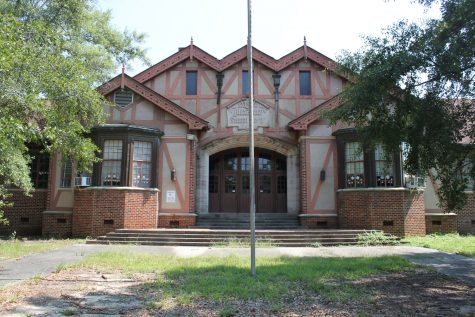
In August 1978, the closing of Alexander IV was a hot button issue. The disagreements over student population and desegregation lawsuits kept the school’s closing in the news.
Alexander IV was one of four schools closed in a school discrimination lawsuit against Bibb County Schools.
After the school was closed, the building was abandoned. In 2015, Alexander IV Elementary School was on the first Fading Five list.
In December 2016, Dover Development, a firm in Knoxville, Tennessee won a proposal to turn Alexander IV into a high-quality senior living facility.
The historic school will have 86 apartments for seniors, gathering spots, and a full restaurant according to an associate from Dover Development. The company plans to preserve the building to keep the identical look as it transforms into the senior living facility.
As of 2021, Alexander Free School, Alexander III, and Alexander IV are not operating as elementary schools.
After 119 years, Alexander II is still enrolling students on College Street. In 2006 and 2015, The US Department of Education recognized Alexander II Magnet School as a The National Blue Ribbon School.
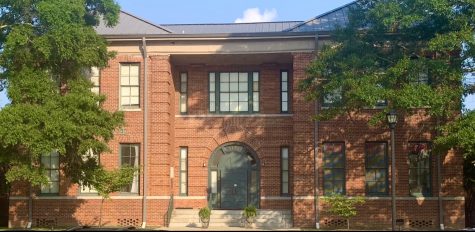



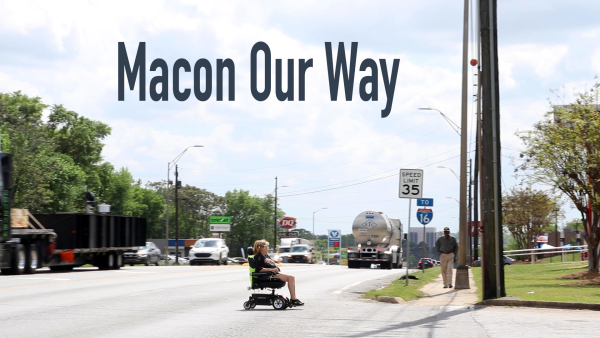
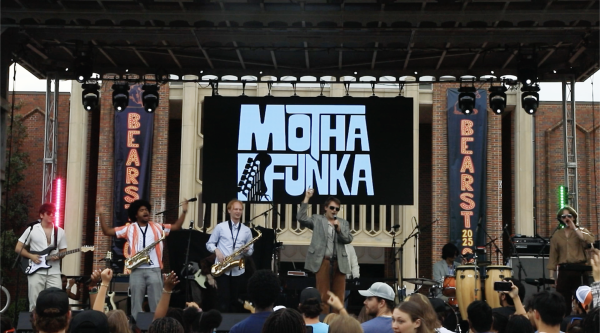

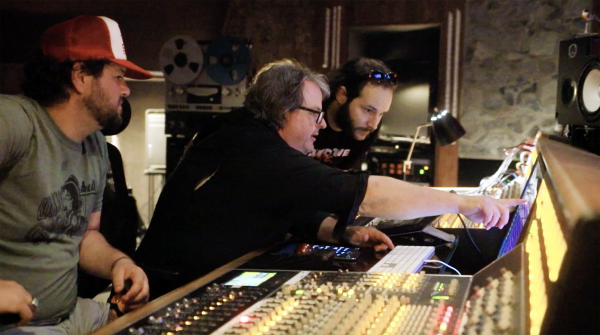
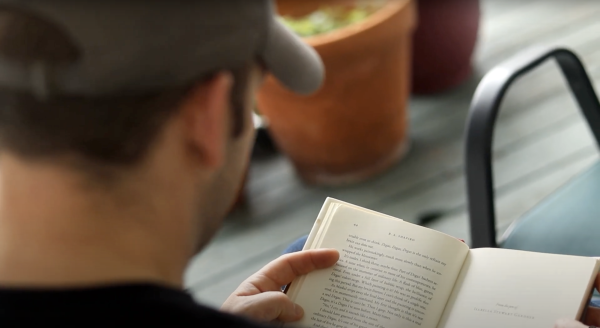
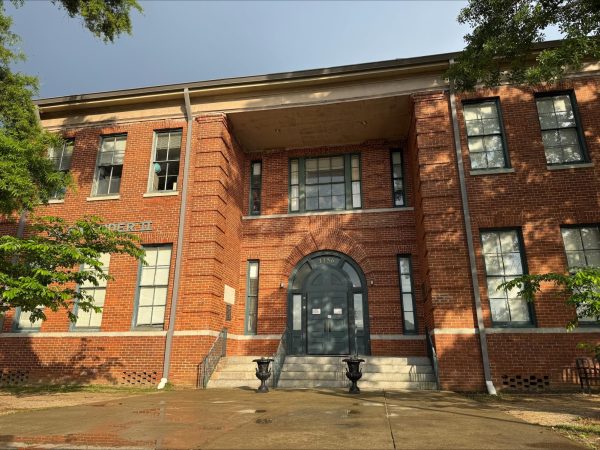
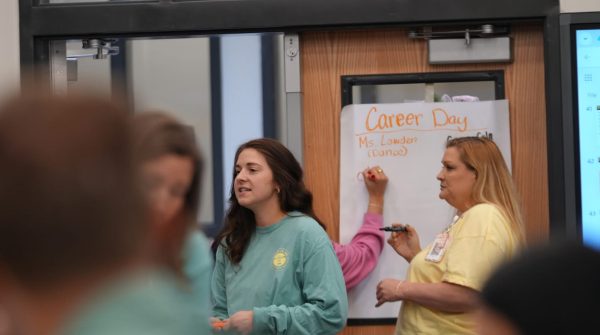
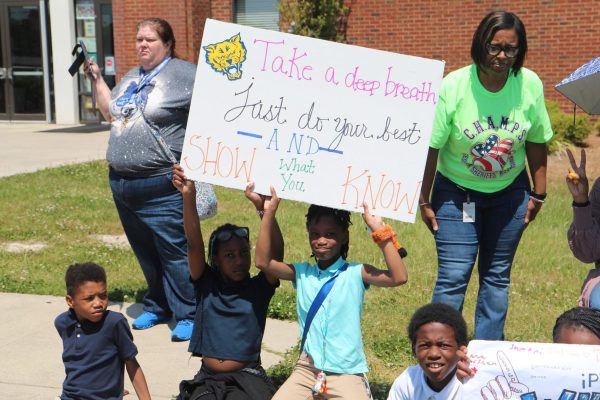

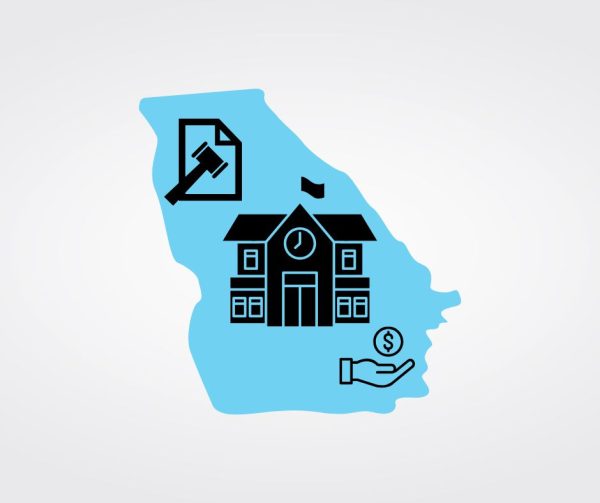
Charles Reid • Jul 30, 2021 at 6:18 pm
I attended Alexander IV from 1951 to 1958 where was a member of the School Boy Patrol.. It was a 4 block walk to school.
Alan Mitchell • Jul 30, 2021 at 3:56 pm
Are the dates in the last sentence of the Alexander II section correct for the increase in enrollment? They seem out of context with the sequence of dates. Should it be 1997-2007?